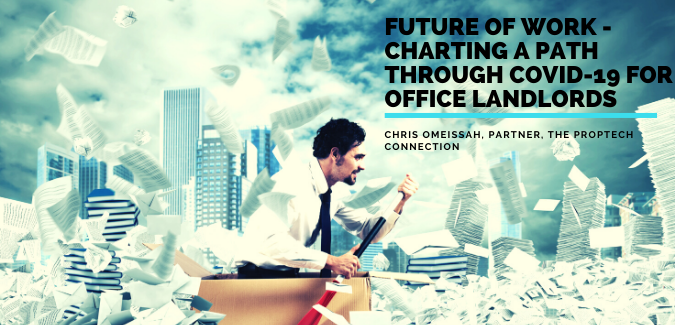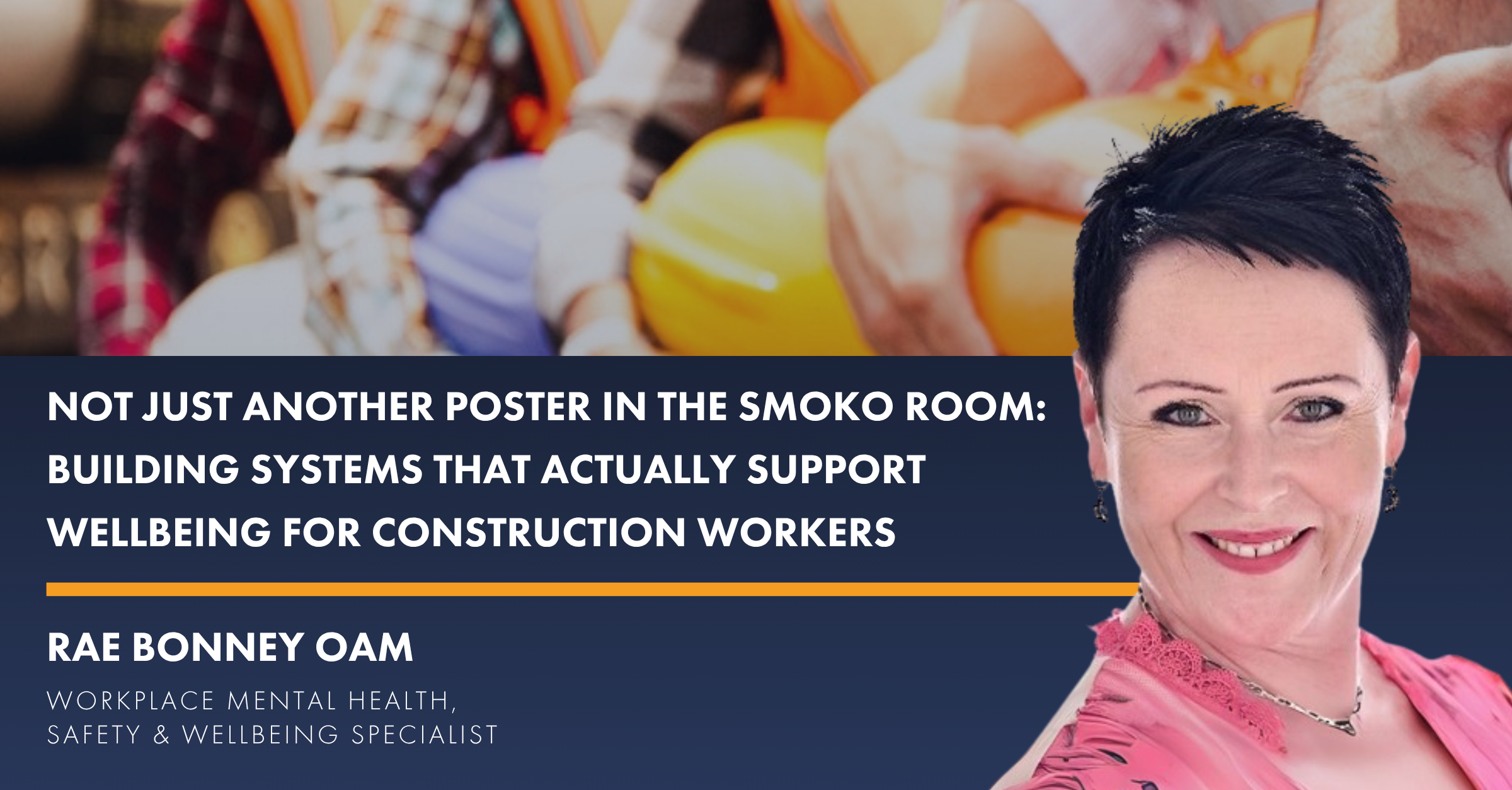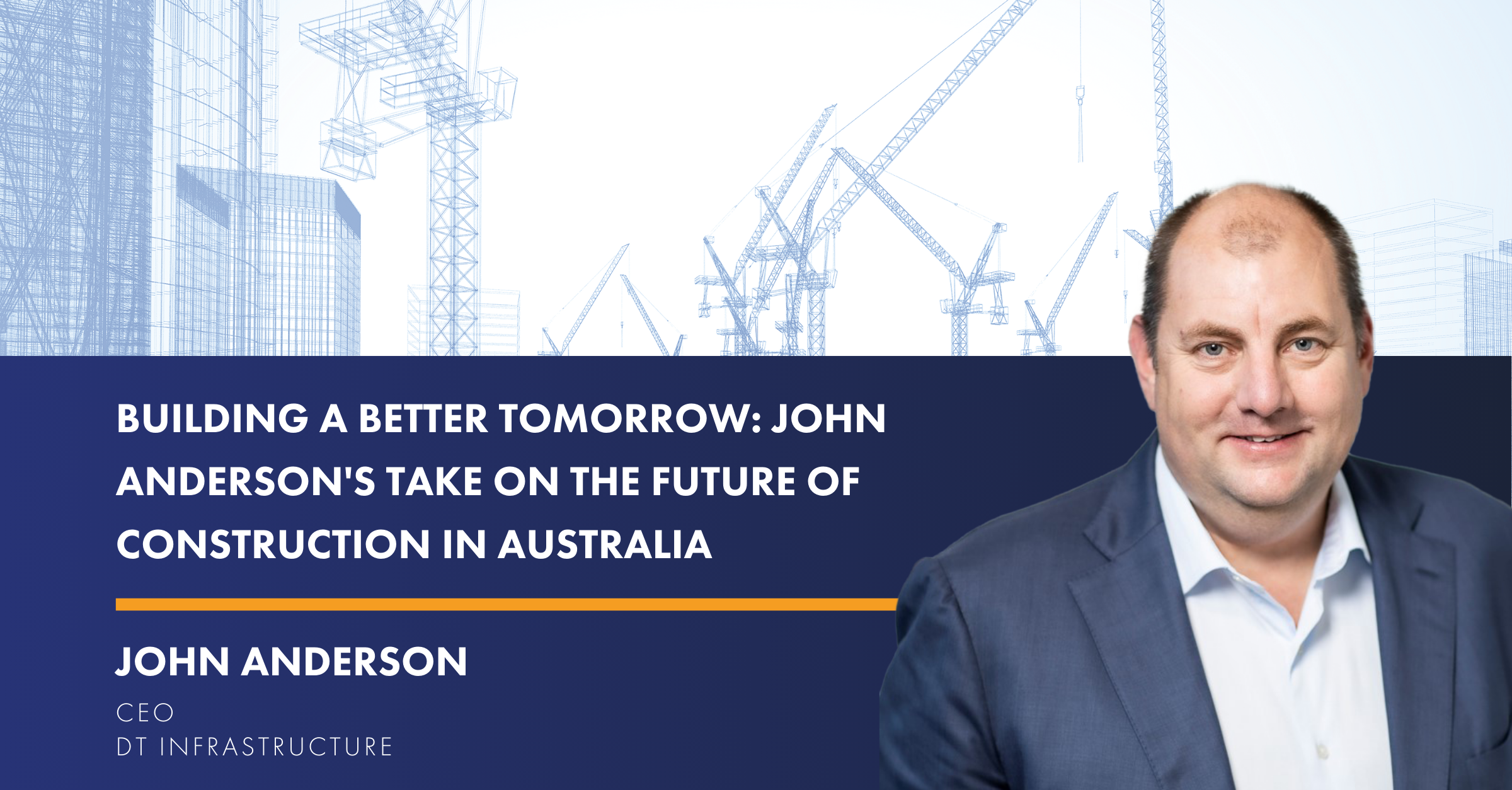In a world where near-infinite data can be placed at your fingertips, asset owners must develop new strategies to manage and measure wellbeing, safety and health in a post COVID environment. We are in the midst of a redefining of the words ‘asset, ‘tenant’, ‘location’, ‘work’ and ‘risk’.
It is not good enough to have world-class cleaning measures, like HVAC UV light cleaning and an army of surface cleaners wiping down door handles, keyboards and phones. Business leaders must do all they can to reassure staff that when they return to work they can have a sense of confidence and safety in the workplace.
The operating model of the workforce is changing and has been for a long time. Whilst the last five years saw the workplace structured as a university as opposed to an elementary school. The status has shifted. No longer can CEOs afford to be in the dark about the physical surroundings of their staff. Returning to work should be an opportunity to refresh and be welcomed by staff as opposed to being shrouded in uncertainty and fear.
For employees, workplaces are their second home – a space to feel safe, concentrate and do what they do best in their professional lives. Most offices are now open plan with recent trends bringing into play hot desking and increased collaborative spaces. Great for productivity, but also for spreading a virus.
As humans, our natural social tendencies mean that we are all inclined to forget about the sqm distancing and encroach on social distancing boundaries. This makes the prospect of returning to work unsettling for many employees as witnessed with the introduction of colour coded teams with specified work days.
Rebuilding confidence in Office
While many employees were once unaware of their surroundings, now the physical workplace and how a building is run is at the forefront. As soon as you arrive at the office, you are confronted by COVID signage, one-way entry and exit signs on the front door and a carefully spaced line waiting for lift access. Right now, employees who return to work will be thinking about the ways in which they physically conduct themselves and navigate the workplace.
For employees the key considerations are:
- Will I be safe at work?
- Has my employer put the right measures in pace
- Will my daily routine be affected?
- Who is looking out for my Health & Wellness interests?
- Will my co-workers be diligent and take due care towards my health and the health of my peers.
This places building owners in a unique position. Never before have tenants relied so heavily on the sound operation of their building for their own personal health and safety. It is the perfect opportunity for leaders in real estate to provide the level of quality and security that is much needed through technology.
COVID tech: The New Normal
In some office buildings, owners are already installing new thermal cameras to measure body temperatures as employees enter their buildings each day. If there is an employee with abnormally high temperatures, the building operations system will be notified and the person can be identified for further testing as well as contact tracing.
A number of assets have pivoted their customer experience apps to perform contact and analyse the efficacy of social distancing measures. If someone in the building tests positive for the virus, owners and operators are able to determine where they have travelled within the asset and who they spent the most time in contact with. These can be automatically lodged with the relevant HR departments so they can start to action a ‘ring fence’ and keep their workers safe.
Landlords also need to consider how to reduce the impacts of working in close quarters such as increasing air flow to the building. The more crowded and enclosed the space is, the higher the airflow levels will have to be in order to diffuse the virus and decrease the likelihood of spreading COVID-19 if a transmission occurs in the building. Increasing the levels of fresh air, as opposed to recirculated air, can make a significant difference in the infection rate.
Ultimately, landlords require:
- Visibility and radical transparency like never before into their assets.
- A way to integrate all point solutions which solve nuances relating to environmental safety and wellness.
- A marketplace that will enable new technologies to be adopted quickly and frictionlessly into a commercial asset.
Whilst COVID has disrupted the way we think and use commercial buildings, it has provided a significant opportunity to review the way in which we understand and operate buildings.
Owners need to invest in the digitalisation of data infrastructure to make their buildings more responsible and transparent and to help them chart a path through challenging times.
The world as we know it, is in the midst of fundamental change. Owners of commercial real estate are rapidly piecing together “return to work” strategies, but the sore truth is the forces shaping the supply and demand of office space are shifting.
Whilst there are a plethora of new exciting point solutions that can help, owners need to start to do more with less, think strategically and start to recognise their intangible assets.
The benefits here revolve around visibility, transparency and digitising workflows. Landlords must first invest in a place to bring all point solutions together in order to form the digital backbone of each asset.
Whilst there is no silver bullet when it comes to solving these challenges, platforms which provide spatial context and an ability to show not only the correlation between capturing relevant data points, but that trigger causation will be the big winners in this space. It is time for Landlords to get up close and personal. Ultimately, Landlords will need to overcome tough questions around improving building operations, the use of space and ongoing benefits to customers of assets in order to succeed in this new reality.






